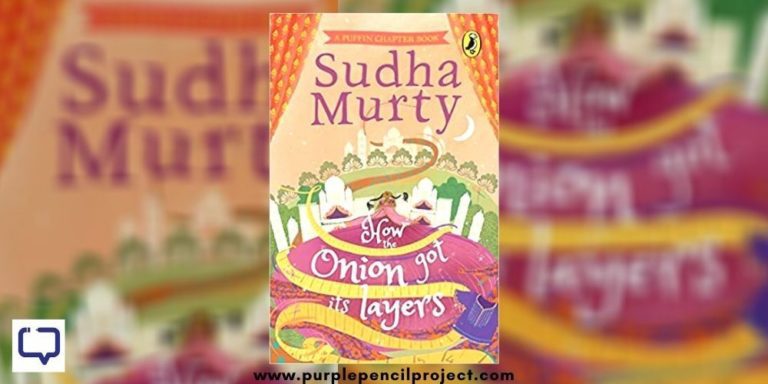Naga writer Easterine Kire weaves a narrative of dreams and deep wisdom around the Chang Naga tribe’s fable of darkness, in her latest book, Spirit Nights. Any tribal culture is extensively intertwined with the land and its seasons. Consequently, a shift in the constant cycles of days or patterns of rain or wind causes much disruption. This is especially true for the nurturing lives of agricultural and hunter-gatherer tribes. This magical realist tale narrates the story of a hesitant but worthy hero – Namumolo and his grandmother – Tola. She is a keeper of dreams, descendants of a long line of seers. It is narrated during the time of the great darkness when the tiger swallows the sun.
Plotline
Spirit Nights begins with a prologue. A beating of drums announces to the people an urgent call to return homewards. Tola, exclaims, “Tiger has eaten the sun!” Following this, the narrative shifts to the growing years of Namo. Tola, the grandmother single-handedly raises the young Namo whose parents and grandfather meet early deaths. The author describes the slow life of the Naga tribe, lived from sunrise to sunset. She includes the hard labour in the fields and travels of return to their thatched homes. Further, she describes the hearty meals of broth made with country ginger and chillies, eaten with rice or millets.
Kire employs an oral method of storytelling, almost mirroring the oral narratives passed down from one generation to the next. Thus, the reader listens as young Namu grows under the care of his grandmother, Tola, among the self-sustaining Naga tribe. He learns the ways of cultivation, cooking, hunting and heeding the cultures of taboo. These are considered guidelines to the Naga way of life.
Each chapter contains a story within the larger tale – some are narratives of various tribes people heeding or breaking taboos. Others narrate cultures around naming children, or stories of the Tiger, Man and Spirit being brothers. Yet others are folkloric accounts of spirit carvers and vengeful activities of spirits. The twist in our tale strikes when the sudden darkness looms upon the village. Tola, the wise grandmother must heed the call of the spirits in her dreams. She must also fight unspoken conventions of gender to lead Namo into becoming a worthy hero. Both towards the salvation of the village towards the light and fulfilling his calling to be a spiritual guide.
The Chang Naga Tribe: Their Life and Culture
Easterine Kire takes this book to delve deep into the culture, peppering it with rich descriptions. How they forage, source seasonal meats, and celebrate festivals that mark the beginning and end of the harvest season – their life comes alive between the pages. Evidently, this storytelling form of narration aims to keep a subculture, that of the Chang naga tribe, alive. Accordingly, the descriptions of births and ceremonies around life and death use earthly words. They evoke a deep connection to the roots of the tribe. Kire tells of customs that celebrate the cycles of life, wound around harvest festivals, marriages and births of children across generations. This novel thus creates a microcosm which simultaneously calls out and implicates the superfluous nature of capitalist societies. Spirit narratives and rituals of taboo also denote the indigenous culture of respect for trees and other living creatures. Ultimately, the novel carries messages of humans striving to be better, and humbler amongst the larger forces of the universe.
Stories and Dreams
Stories and dreams in the novel are forebodings and talismans of hope and warning. Even as they comfort, they provide gentle chiding for life within the Naga tribe. Interspersed narratives explain the customs of seers, village headmen, hunters and travellers who travel and guide the cycles of life. There are also mentions of healing practices and rituals to guard against harmful spirits. Furthermore, stories become aids for the people of the community to chart each natural calamity.
Through the character of Tola, an aged woman, who receives powerful messages in her dreams, Kire also addresses gender-based discrimination. When Chongshen the appointed seer travels to the next village for advice, he is rebuked thus – “You are seer only of the calendar and crops and festivals. But she (Tola) is the seer of men’s destinies […] Beyond this mountain there are great female seers who are much more powerful than male seers […] For a long time, ignorant men have said, ‘Old Women and their tales!’“. Kire thus reiterates the importance of women – whether as grandmothers, widows or seers.
Another beautiful style within the writing is the invocation of words of life to stave off death and destruction. The narrative mentions dirges, songs of celebration, and sung histories of the village and its people throughout the generations. Through the layers of stories, as young Namo comes of age, the novel adopts an epic style of narration. It thus tells of the forming of a hero who is kind and humble. Not only in his approach to hunting and protecting the village people but also in learning healing practices and performing his household duties.
Best Quotes
“Then she looked at the sky, the sun was behind the plantain trees, wearing a halo of orange mist through which you could see the diaphanous wings of evening insects.”
“But the mind is a strange country. It contains seeds for unborn thoughts.”
Conclusion
Easterine Kire harnesses the power of naming, by writing this novel based on tales from the Naga tribes. These stories, therefore, become a way of remembering. As a result, such writing ensures that the lives of tribal cultures and their customs are not erased or overwritten by institutions of power. Reading this is much recommended for our souls bereft of slow living and lessons learned in inherited stories.





















